As the semester and EDTC 300 comes to a finish, the “Final Networked Learning Post” gives me an opportunity to share the many ways in which I have contributed to the learning of others throughout the semester. In the beginning, I was unsure of how I was going to impact the learning of others effectively. As the semester went on, I realized I had nothing to worry about, as long as I kept up in the weekly plans and contributed to breakout rooms during class
I have learnt so much from my classmates along the way and I hope they can take something from me and everything I did during this course.
I want to start by discussing some of my experiences with breakout rooms during class time. I truly believe this has grown to be one of my strongest areas in online classes. Since online classes have become much more normal since the pandemic, I have adjusted accordingly. It was a goal of mine to have my camera on for every class, because we all know talking to a black screen is not very much fun. I tried to start every breakout room by asking how everyone is doing, making small talk, give input on questions that were put forward, and ask critical questions to challenge group members to think outside the box. Not only do I feel super comfortable stepping up to lead discussions in breakout rooms, I would often volunteer to talk for my group back in front of the entire class.
Being an aspiring teacher, my mindset is that, if I cannot communicate to my classmates on zoom, how am I supposed to communicate to my students in real life? It is something I have taken pride in over the years and continue to build confidence in speaking towards larger audiences. With this mindset, I hope people that were in my groups appreciated my willingness to be open and challenged themselves to be open as well. Being on zoom gives a great opportunity to work with others in a safe space. It enhances our ability to collaborate, share ideas, and work as a team from the comfort of our own homes. During every class, my main goal was to lead by example.
During my learning project, I feel I gave classmates many tips, tricks, links, and content on everything to do with juggling. I referred to a professional juggler many times throughout the process and tried to implement things from him. His video will truly teach you everything you need to know.
Here are some examples that classmates could takeaway –
I started out with 0 skill in regard to juggling, take a look
This is where we are now!
So, how did we get there?
- I went down to two balls, for anyone looking to learn to juggle, this is a great place to start

- Think about the phrase, throw throw catch catch with two balls and do it over and over
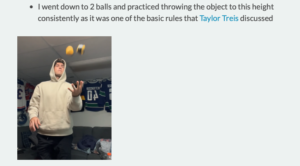
- If you have issues with throwing the ball away from your body, put yourself close to a wall! It forces you to learn where to throw the ball
Practice throwing 1 ball to eye level, key points:
- Only make eye contact when it gets eye level
- Use peripherals to catch
- Great rhythm practice
- Move around to increase difficulty

Once you have done some drills to develop your skills, back to trying ball juggling. For me, the 3rd ball was a problem for a long time, but it is about trusting the process and being consistent with throws.
Other drills that helped me along the way was to juggle two balls with only 1 hand, this is meant to increase handspeed and also increase your tracking skills. Another tip is to call out the balls as you throw them – 1,2,3 and repeat as you continue, this makes it easy to get in a good rhythm.
Just know that if you put your mind to something and practice, it is possible!
The 3rd way of contributing to the learning of others was through blog post replies. I was very consistent throughout the semester on replying to my peers and giving input on their content. While I had many replies, many of them were incouraging, looking back I think I could have done more critiqing rather than just having positive reinforcement. Here are some examples:


_______________________________________________________


_______________________________________________________


_______________________________________________________


_______________________________________________________


_______________________________________________________


_______________________________________________________


_______________________________________________________
Through the blog posting, I also had classmates engaged with me!


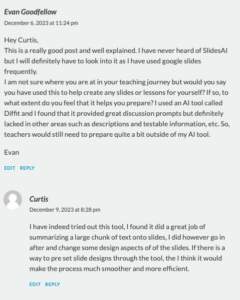
In this class, the blog posting was such a big component. In the beginning, I was not a confident blogger but I decided to roll with it as best as I could. Blogging is like having your own online diary where you can write about anything you like. In our case, we got to write about many different things and add our own twists to it. It’s a cool way to share your thoughts, stories, and even show off things you’re good at. When you write a blog regularly, you get better at writing and learn some other cool stuff like making things look good on the internet. I definitely feel that my writing improved over the semester.
While this course had many different aspects, I felt I did a solid job at contributing to the learning of others and took pride in being a valuable contributer to the course and everything it had to offer.
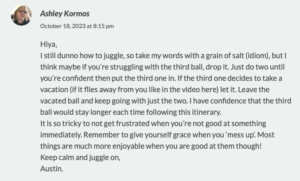





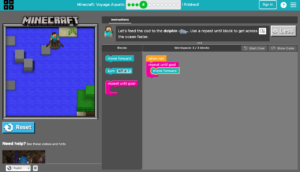
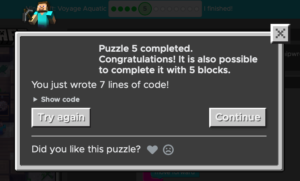

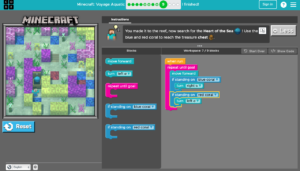

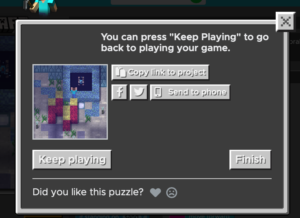



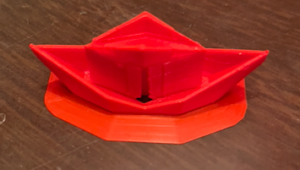
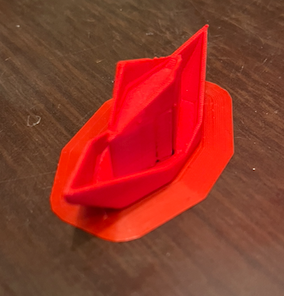


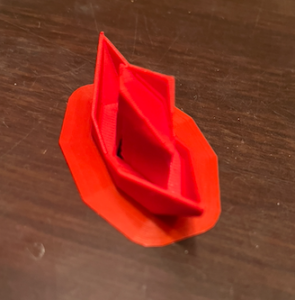
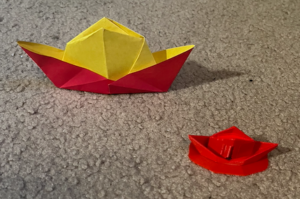



Recent Comments